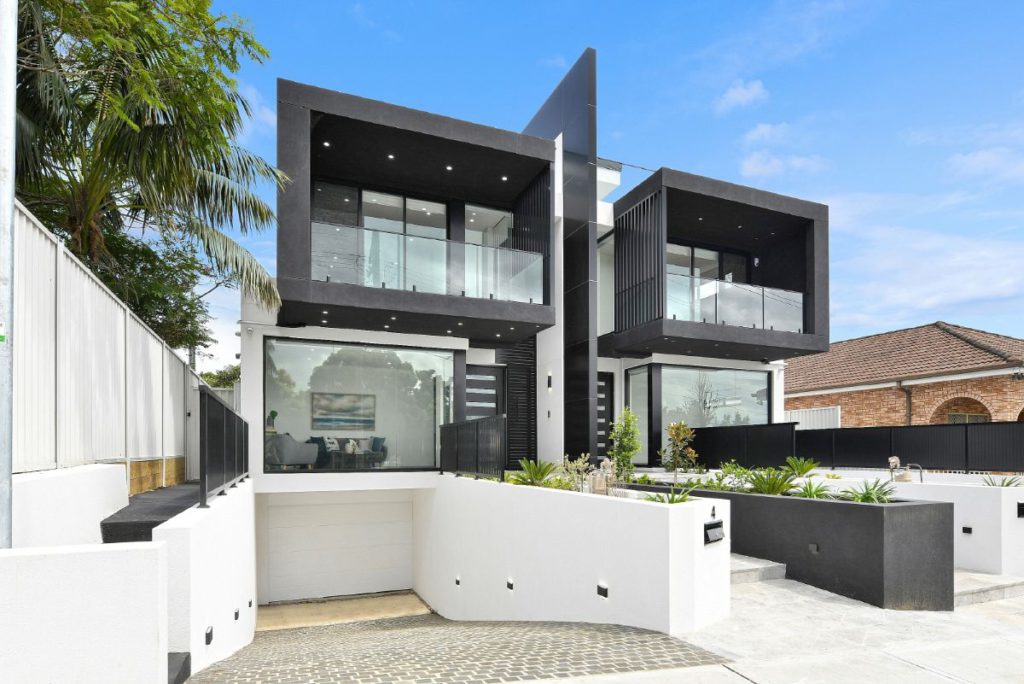Maximise the Potential of Your Dream Home on a Sloping Block
Investing in a sloping block in Sydney can often present a more affordable option than acquiring a flat plot; however, this decision does not imply that you must compromise on quality or the overall value of the property.
In fact, a sloping terrain can turn out to be an incredible asset when you collaborate with a proficient custom builder who specializes in designing homes that blend seamlessly with the existing landscape.
From innovative downward sloping block house designs that incorporate subterranean garages to beautifully crafted split-level homes that harness natural light and offer stunning views, sloping land provides unique opportunities that flat lots simply cannot rival.
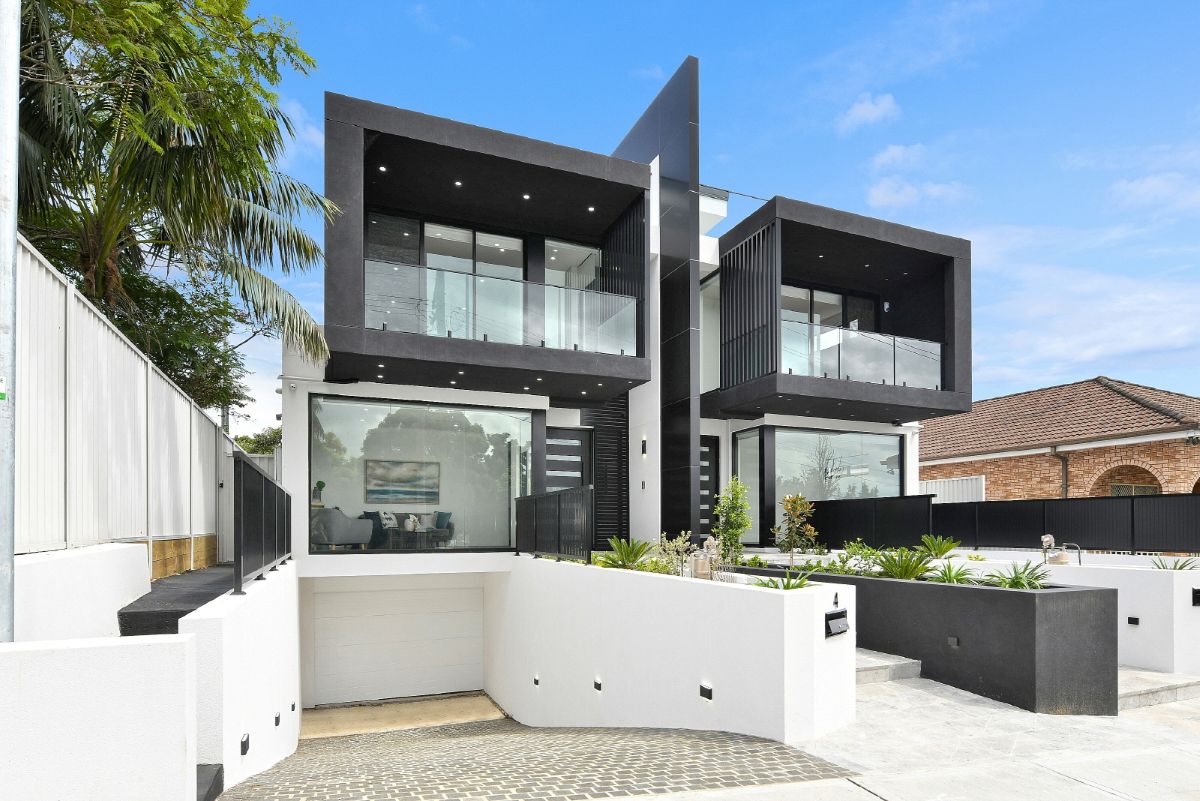
What Strategies Can You Implement to Enhance Your Living Experience on a Sloping Block?
The essential strategy for working with sloping land is to design in harmony with the slope, rather than working against it.
A downward slope that descends toward the street is particularly advantageous for designs that incorporate basement garages or living spaces which flow effortlessly into the backyard.
Conversely, an upward slope offers an excellent opportunity for multi-level or split-level homes, enabling a creative stepped design that cultivates elevated, private spaces.
For properties featuring side-to-side gradients, the implementation of terracing or unique retaining walls can yield striking architectural results.
By embracing the natural contours of the slope in your design, you unlock the potential for multi-level living, culminating in layered spaces, distinctive architectural features, and lifestyle amenities that are simply unachievable on a flat block.
What Essential Steps Must You Follow to Build Successfully on a Sloping Site?
Building a home on a slope necessitates more meticulous planning than constructing on a standard flat block. It all begins with a thorough site evaluation that includes soil testing, drainage analysis, and precise slope measurements.
From this comprehensive assessment, your builder and engineer will determine the most suitable foundation system, which may include a pier-and-beam, split-level, or slab-on-grade approach, particularly in areas where the slope is moderate.
Furthermore, an effectively designed drainage system is vital for this endeavour. Inadequate drainage can lead to stormwater compromising foundations or causing flooding issues. Local councils frequently impose stricter approval processes for homes constructed on slopes, often necessitating reports on soil stability, water management strategies, and environmental impact assessments.
Selecting a builder who is well-versed in these requirements will not only save you precious time but also help you avoid potentially costly setbacks.
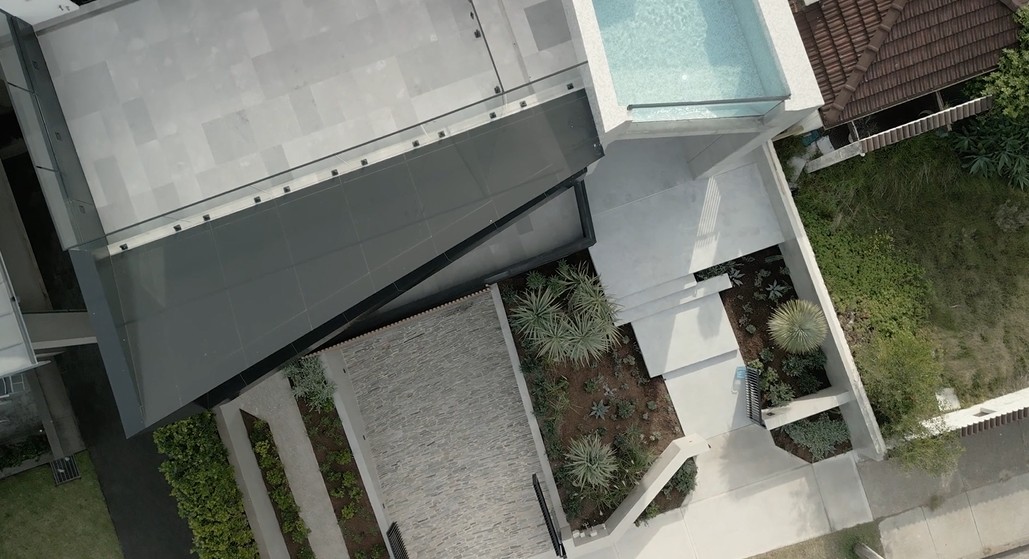
What Key Challenges and Considerations Should You Anticipate When Building on Sloping Sites?
Constructing on sloping sites presents unique challenges that homeowners must be prepared to address:
- Soil stability needs to undergo rigorous testing to guarantee secure foundations and enduring structural integrity.
- Foundation systems will differ based on the gradient; generally, steeper sites will necessitate piers or split-level foundations to adequately support the structure.
- Excavation and earthworks may be required to level or adjust portions of the site, potentially resulting in significant increases in overall costs.
- Drainage must be meticulously designed to manage water runoff effectively and protect against soil erosion.
- Council regulations may be more stringent, especially in areas prone to bushfires or flooding, necessitating thorough compliance.
- Access for vehicles and pedestrians might necessitate innovative design solutions to ensure safety and facilitate ease of movement.
These factors often deter many builders from pursuing projects on sloping blocks; however, with the right expertise, each challenge can be transformed into a valuable opportunity for innovative design and construction.
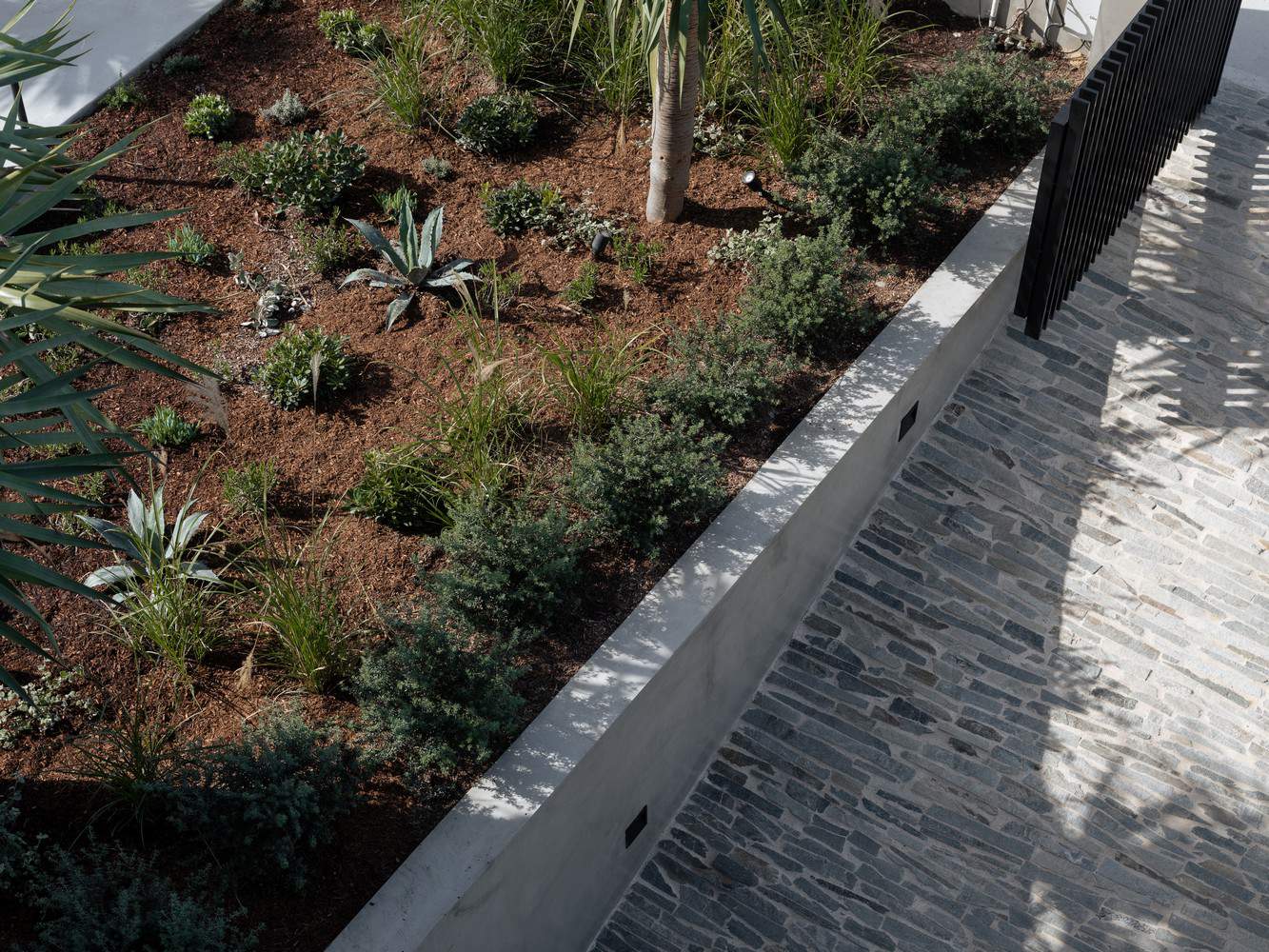
Discover the Unique Advantages of Building on a Sloping Site
Architectural character
Constructing on sloping sites allows homes to merge seamlessly with the natural landscape, creating stunning architectural forms, layered facades, and floor plans that seem like bespoke creations rather than conventional designs.
Multi-level living
Split-level or tiered layouts effectively delineate living zones, empowering families to enjoy private retreats, entertainment areas, and functional connections between indoor and outdoor environments.
Space for lifestyle features
A sloping block naturally accommodates additional features such as basements for gyms, home theatres, or wine cellars, alongside expansive outdoor living spaces that integrate beautifully with the terrain.
Long-term value
Homes constructed on slopes typically stand out in the property market. Their unique architectural character, presence, and functional design contribute to strong resale potential, thus representing a worthwhile investment opportunity.
How Much Should You Allocate in Your Budget for Building on a Sloping Block?
This question is often among the first that prospective homeowners ask. Regrettably, there isn't a one-size-fits-all answer, as costs can fluctuate considerably based on factors such as the gradient, soil type, accessibility, and the complexity of the overall design. Typically, a gentle slope of approximately three metres across the building area is manageable without incurring excessive costs, whereas more pronounced slopes may necessitate additional excavation, retaining walls, and specialized engineering solutions.
Although the initial costs associated with building on a slope may surpass those of a flat block, the long-term benefits—including enhanced lifestyle options and increased resale value—frequently validate the investment.
What Are the Potential Drawbacks of Constructing a Home on a Slope?
The primary drawbacks are associated with expense and complexity. Earthworks, retaining walls, and drainage systems can substantially impact the overall budget. Additionally, the construction timeline may extend due to the heightened engineering requirements and the local council approval processes.
Access, both during the construction phase and after the completion of the home, can present challenges, particularly on especially steep blocks.
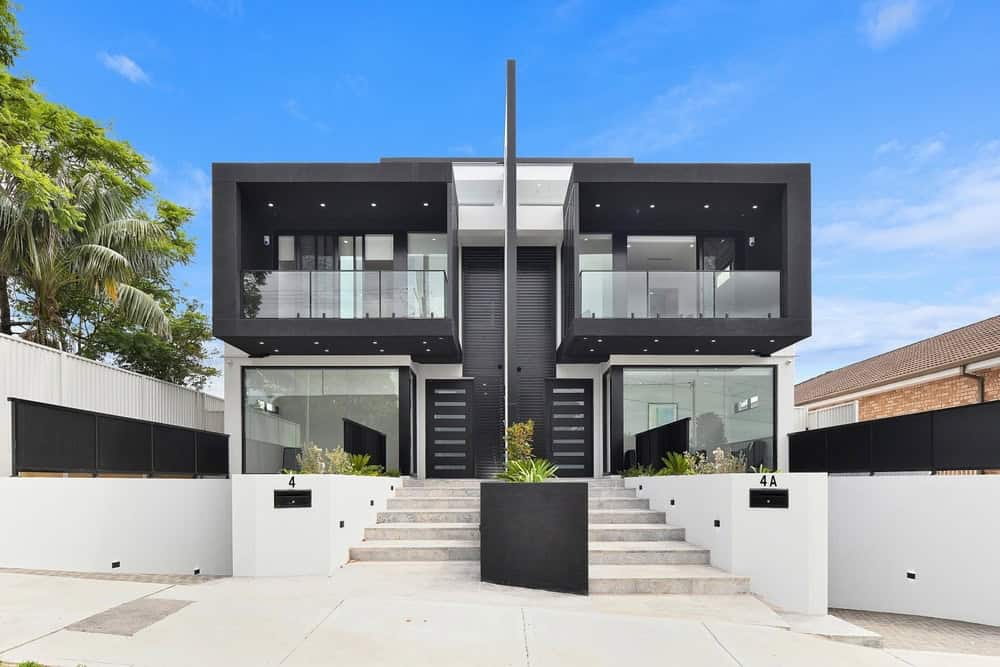
Why Is It Essential to Avoid Standard Builders for Sloping Sites?
The unfortunate reality is that proceeding without the guidance of an experienced builder can lead to significant complications. Constructing on sloping land without the necessary expertise can result in serious issues, such as unstable foundations, potential water damage, and excessive budget overruns. A sloping block builder in Sydney provides the vital structural expertise and strategic planning essential to ensure that the slope is leveraged to your advantage rather than becoming a hindrance.
Transform Your Sloping Block into a Valuable Asset with Expert Guidance
At Phase Projects, we view sloping sites as exciting opportunities for innovation and design.
Whether your vision entails a downward sloping block house design complete with a basement garage or a split-level home that elegantly frames the breathtaking Sydney skyline, we specialize in converting challenging terrains into extraordinary custom luxury homes.
Our committed team manages the entire process, from geotechnical testing and securing necessary approvals to construction and final handover, ensuring a seamless and successful project.
The Article: Building on a Sloping Block in Sydney: What to Expect first appeared on https://writebuff.com
The Article Building on a Sloping Block: Expectations for Sydney Homes Was Found On https://limitsofstrategy.com
